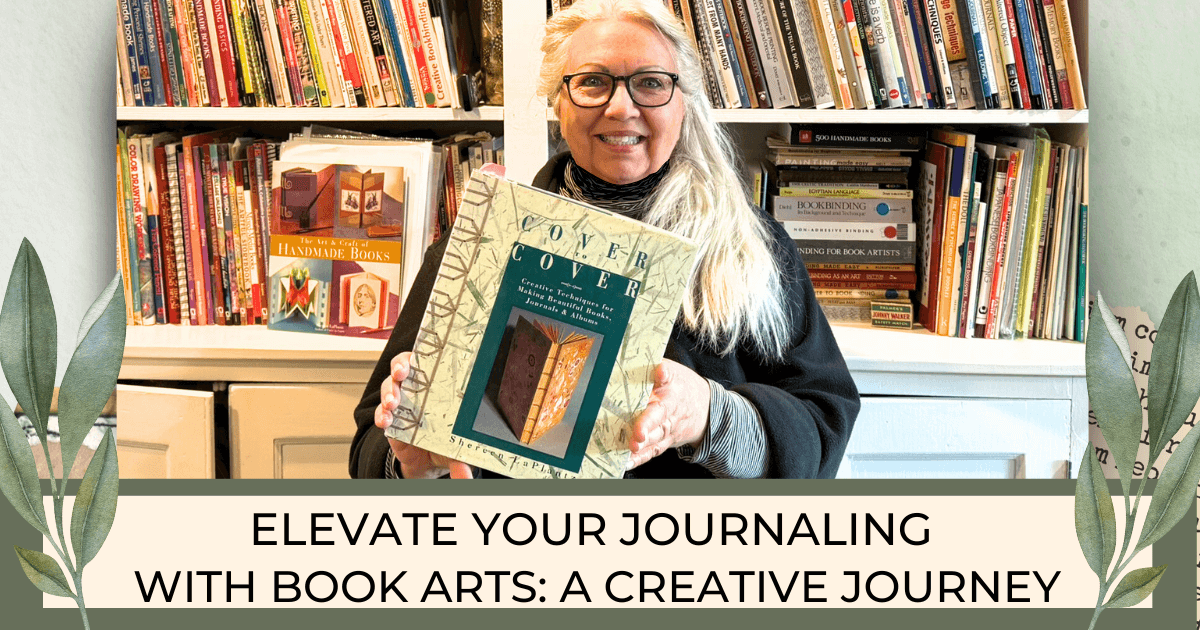
Journaling offers a sanctuary—a space to reflect, explore, and express oneself freely.
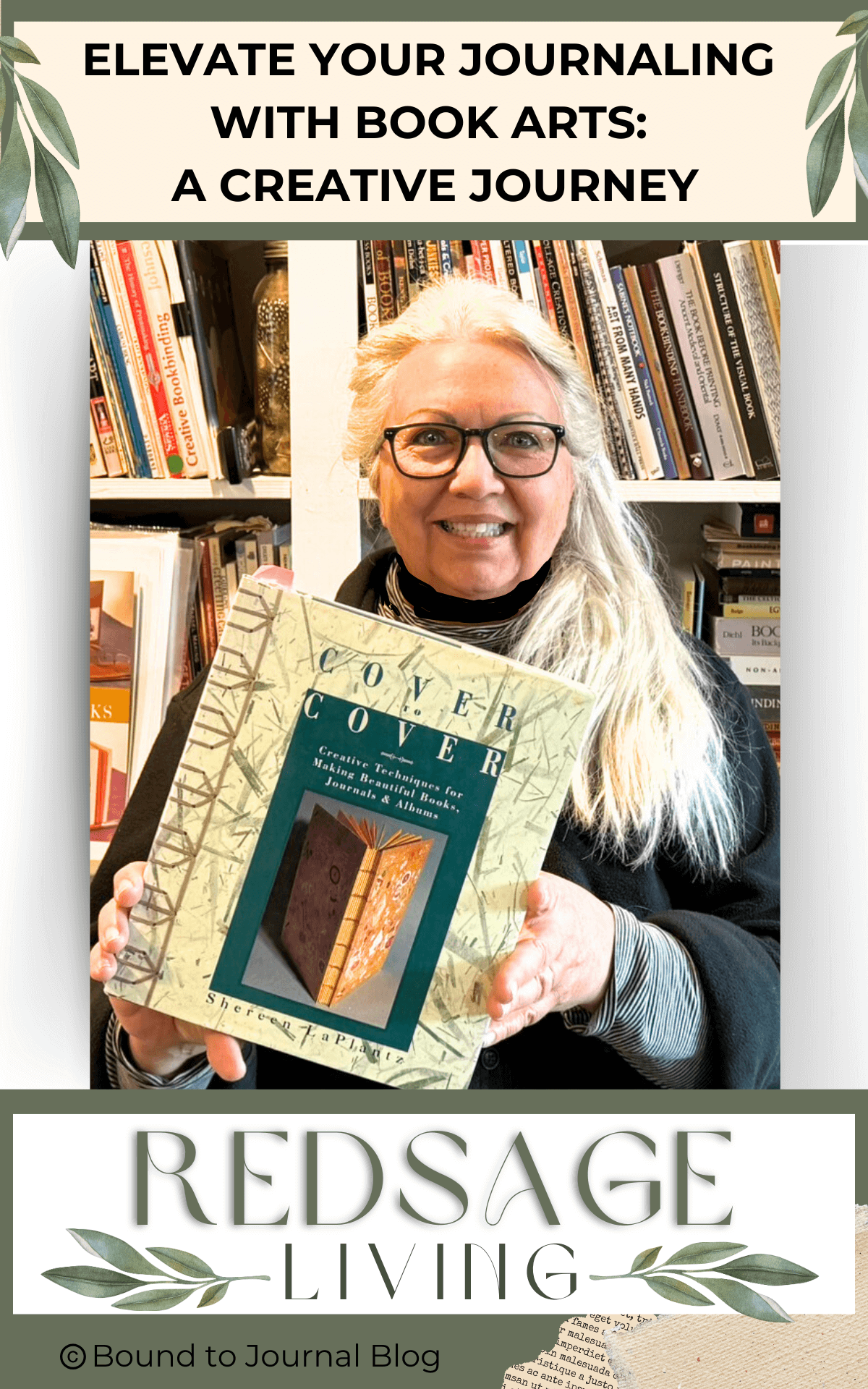
In today's digital age, where screens dominate our attention, there's something profoundly comforting and intimate about putting pen to paper.
But what if I told you that journaling could be more than just words on a page?
Enter the world of book arts—an enchanting place where creativity knows no bounds, and every page is a canvas waiting to be transformed.
What are Book Arts?
Book arts encompass a diverse array of creative practices that celebrate the physical form of the book as an art object.
From hand-binding and paper-making to calligraphy and illustration, book arts encompass a wide range of techniques and mediums. Whether you're reviewing contemporary designs or historical and cultural examples, at its core, book arts embrace the idea that a book is more than just a vessel for words—it is a tactile, sensory experience that engages the reader on multiple levels.
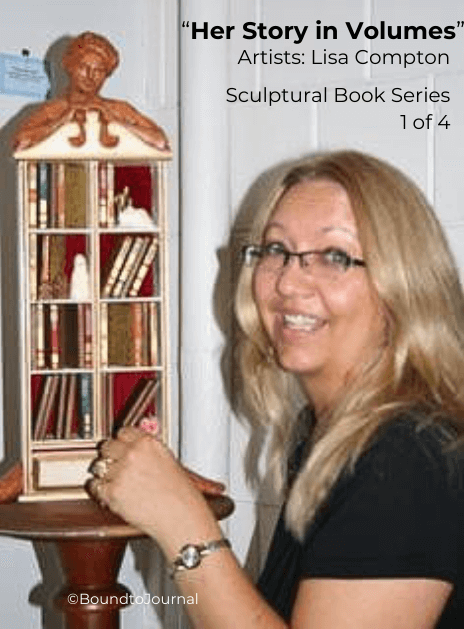
Connecting Book Arts and Journaling
At first glance, journaling and book arts may seem like separate pursuits. After all, journaling is about capturing thoughts and experiences, while book arts focus on the physical construction and design of books.
However, they are deeply intertwined. Journaling is inherently a form of self-expression, and what better way to enhance that expression than through the creative techniques of book arts?
During my teaching career in K-12 Visual Arts and graduate-level Literacy Programming, I witnessed firsthand how book arts can transform a mundane journaling assignment into a powerful tool for engagement and creativity. By incorporating elements such as hand-bound journals, handmade paper, secret pockets, and personalized illustrations, you can create a tangible reflection of your unique voice and vision.
Book arts also provide endless possibilities for journaling prompts and exercises. From creating visual journals filled with collages and mixed media to crafting elaborate pop-up pages that reveal hidden thoughts and memories, the potential for self-expression is boundless. This combination opens doors to endless options, adapts to fit every interest and hobby, and helps you expand beyond the words you intend to record in your journal.
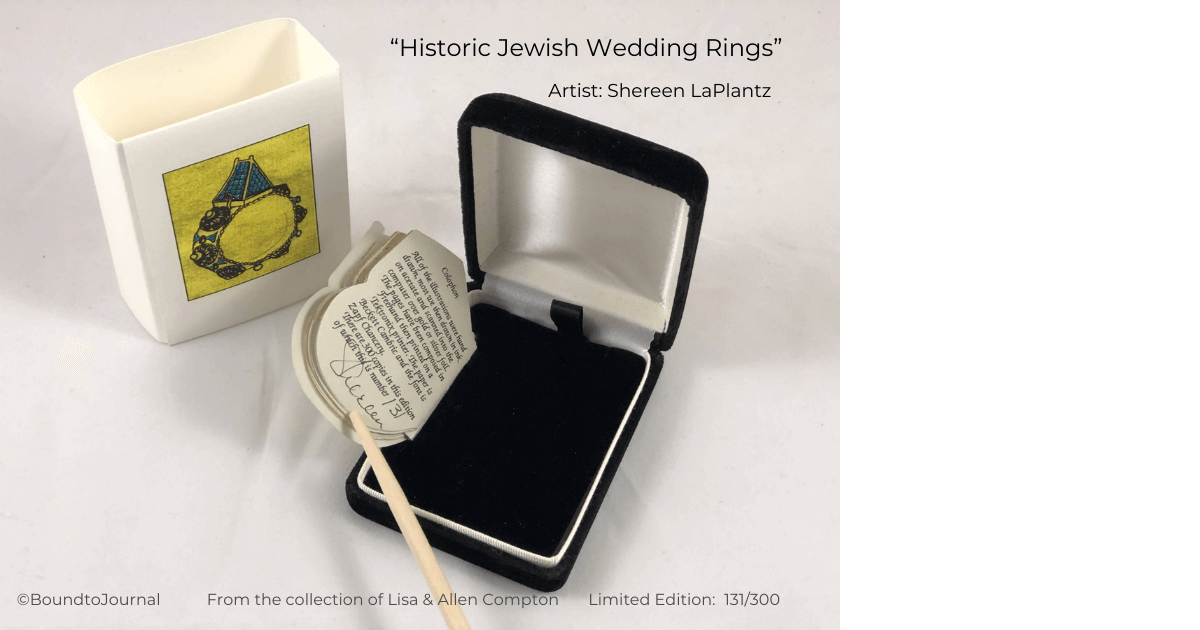
The Importance of Journal Design Structure and Creativity
The design structure and layout of your journal can significantly impact your overall experience. A well-designed journal not only provides a visually pleasing canvas for your thoughts but also serves as a catalyst for creativity and inspiration.
Consider how a blank page can either spark excitement or dread, depending on its design. A structured layout can guide your thoughts and help organize your ideas, while open-ended pages invite exploration and free expression.
Moreover, the creativity you infuse into your journal—through hand-lettering, doodles, or decorative elements—can elevate your journaling experience to new heights. Each page becomes a reflection of your personality, making journaling a deeply personal and fulfilling endeavor.
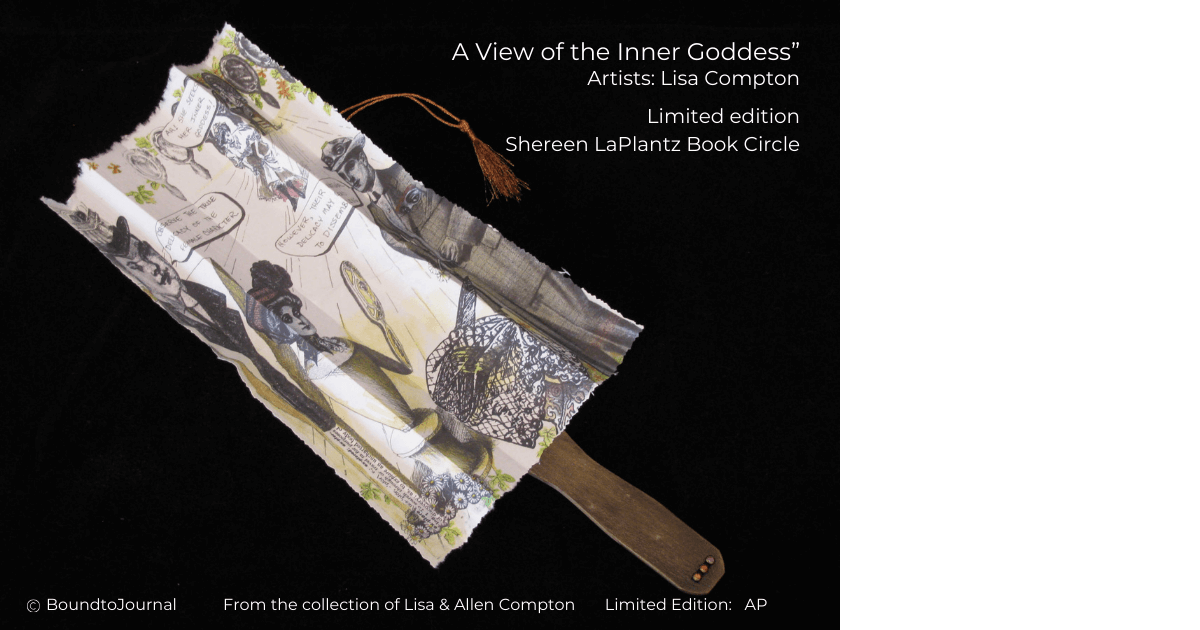
Personal Insights and Techniques
Through my experiences and the mentorship of pioneers in the Book Arts movement, like Mary Gotz and Shereen LaPlantz, we’ve developed signature methods of teaching journaling that help even reluctant writers embrace this practice. Their influence on our methods became the core of why Bound to Journal was formed—to share wellness through journaling in a way that has transformative results.
We have adapted these techniques to help our students. We use adapted book arts techniques and image-based designs as journal starters to help individuals discover their personal journaling style. Our programs cater to everyone, from pre-writing level students to professional writers and artists, ensuring that everyone can enjoy the benefits of journaling.
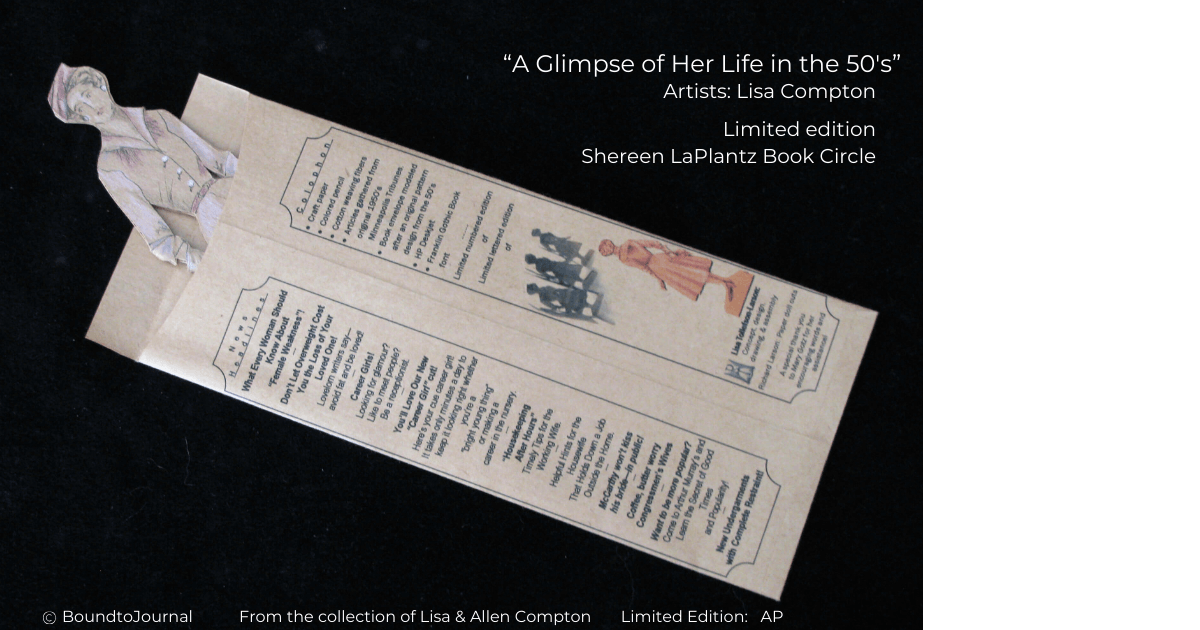
Enhancing Your Journaling Experience
To further enhance your creative planning and journal development, consider incorporating both nature and calming scents. The benefits of nature and aromatherapy amplify the journaling experience, heightening the ability to access memory, focus, and clarity. There are three essential oils that we recommend to those new to aromatherapy to enhance their work; peppermint, Citrus Fresh™, and cedarwood. Peppermint invigorates the mind, Citrus Fresh™️is fresh and uplifting, while cedarwood grounds your thoughts, allowing for deeper, more innovative thinking.
So, whether you're experimenting with hand-bound journals or adding a touch of color and flair to your pages, embrace the magic of book arts. Watch as your journaling practice blossoms into something truly extraordinary.
Explore More Resources
For more tips, techniques, and FREE resources to support you along your wellness path follow us here and be the first to know when a new post launches. In the meantime, here are a few related posts to help you begin elevating your journaling experience.
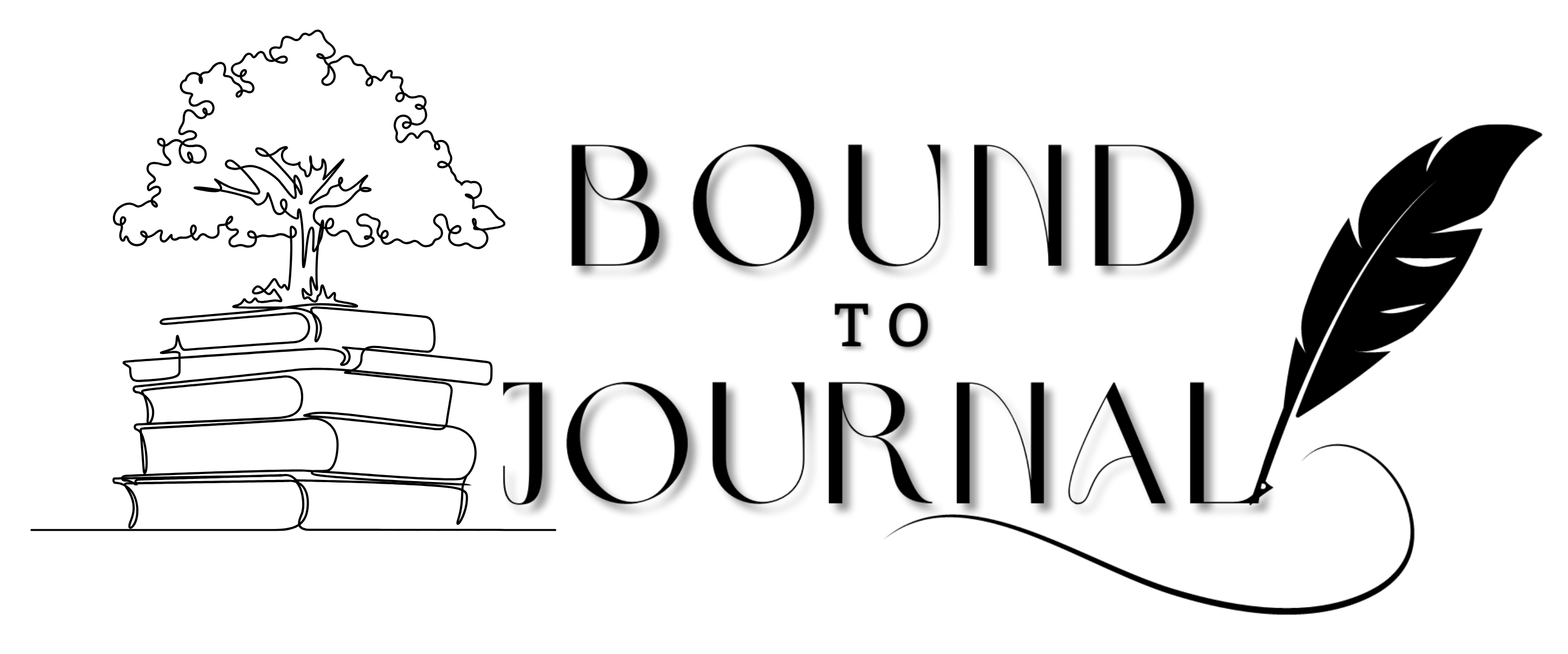

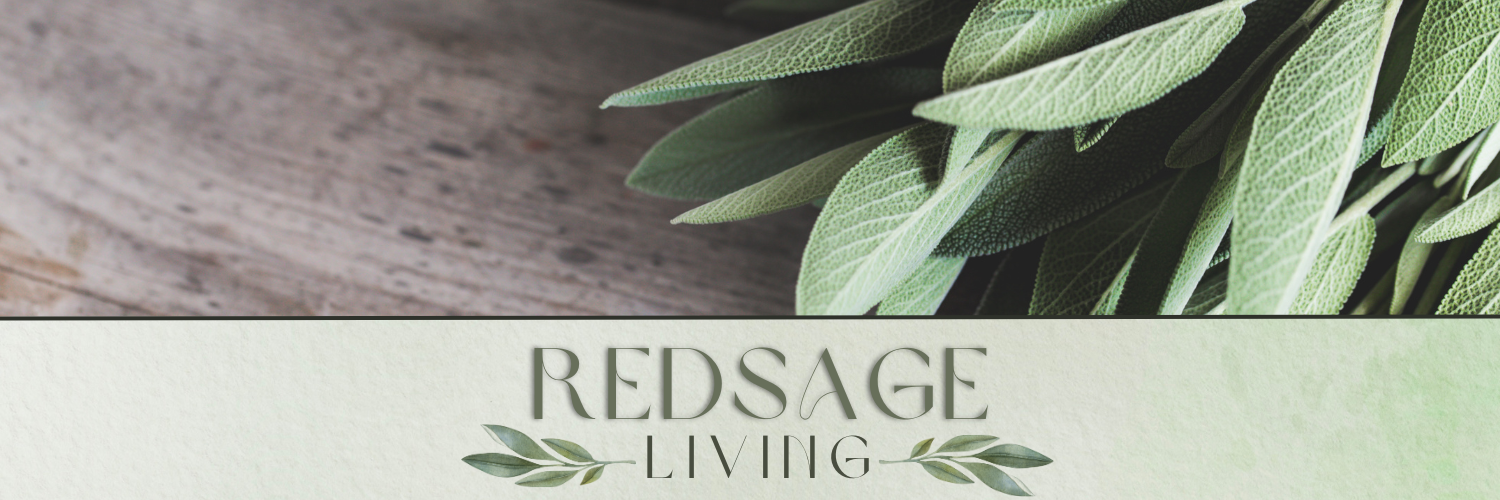

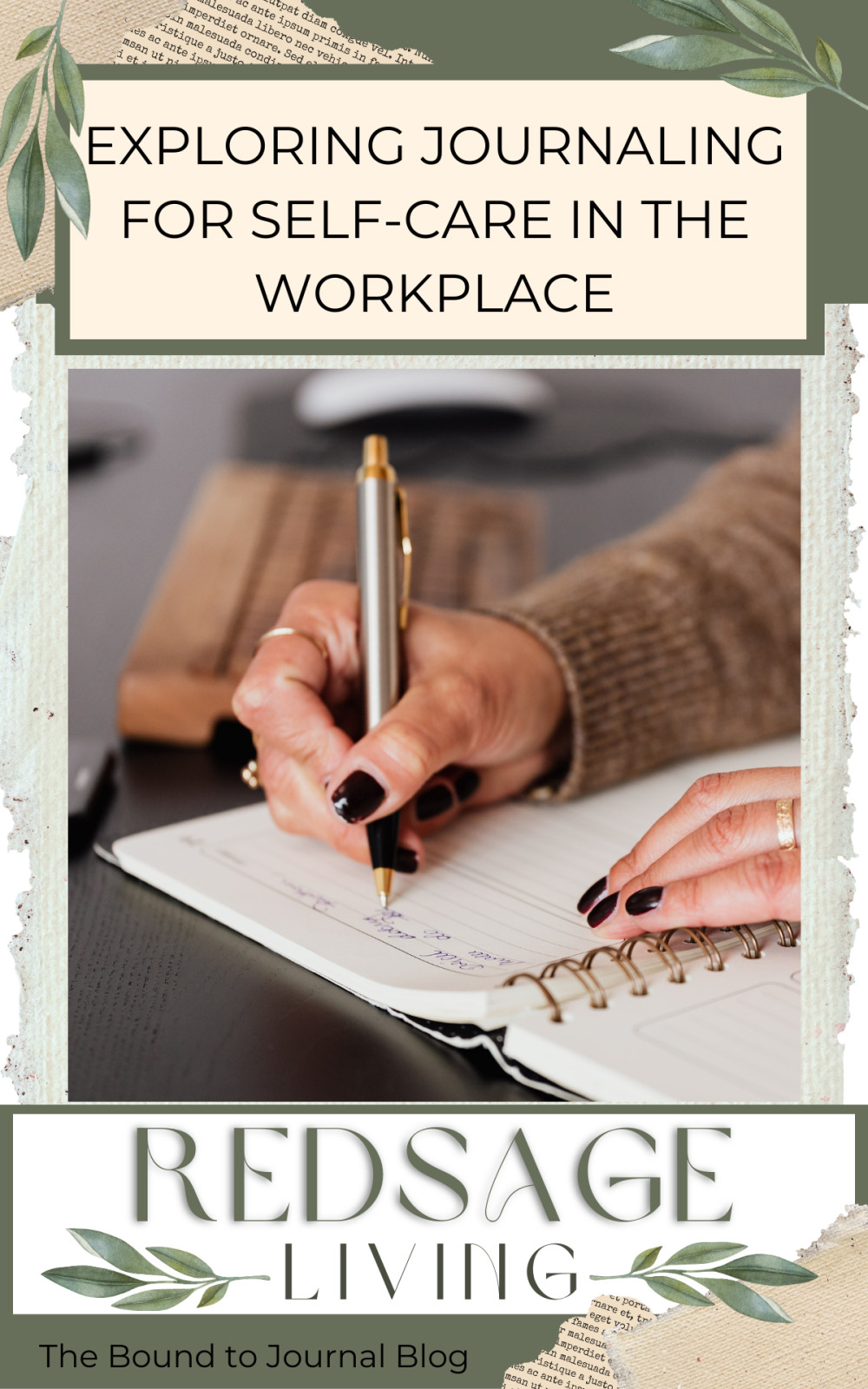





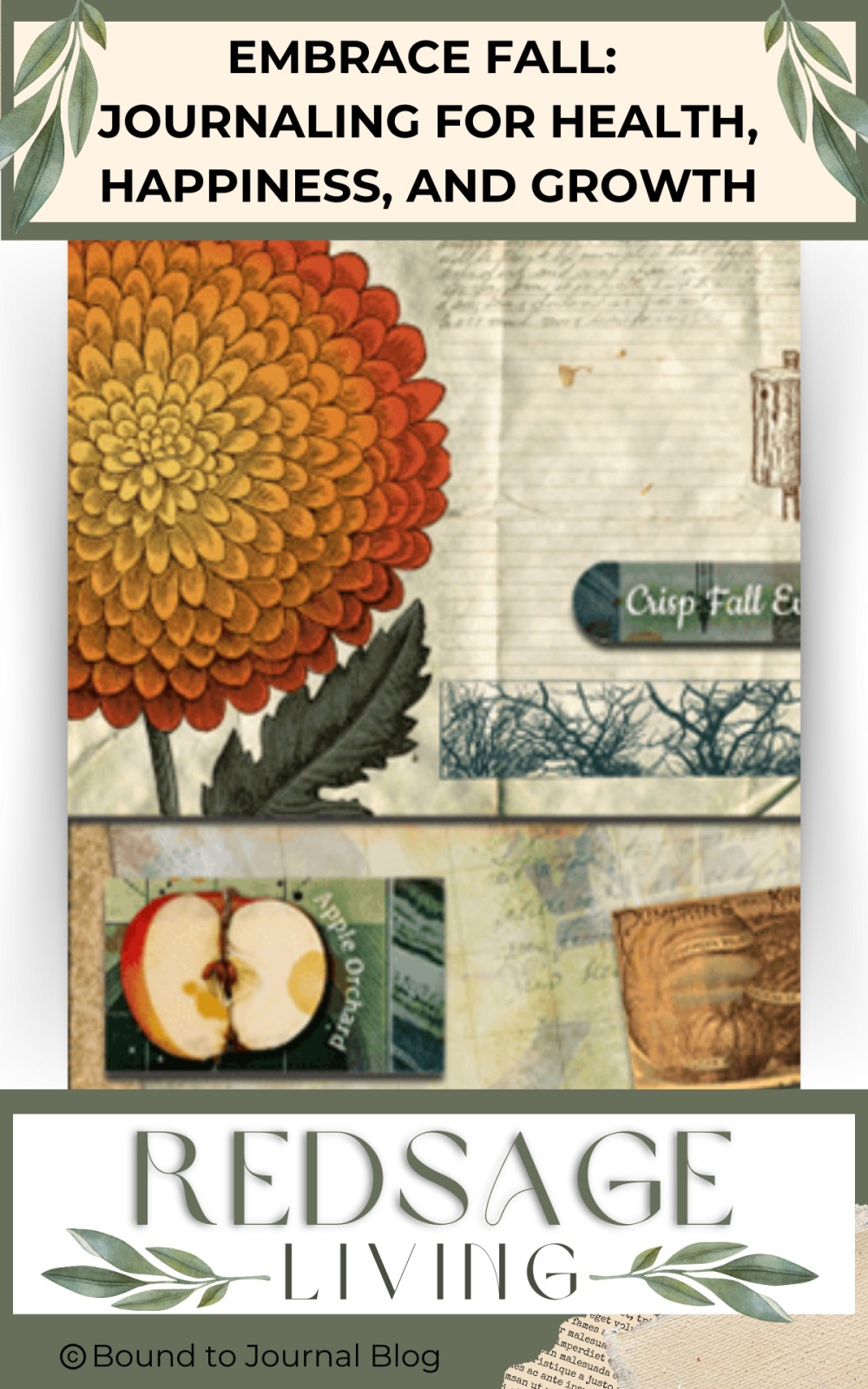
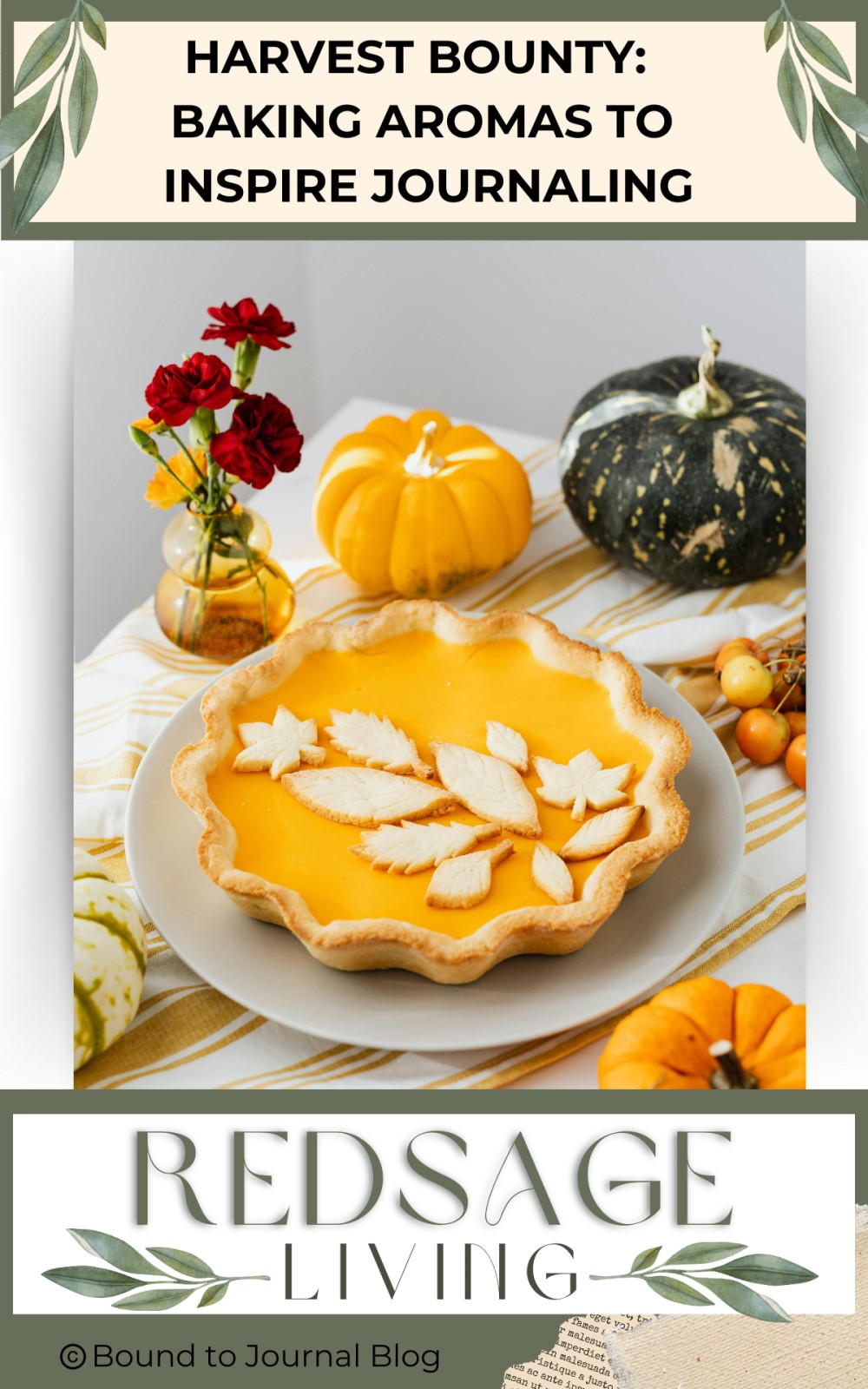
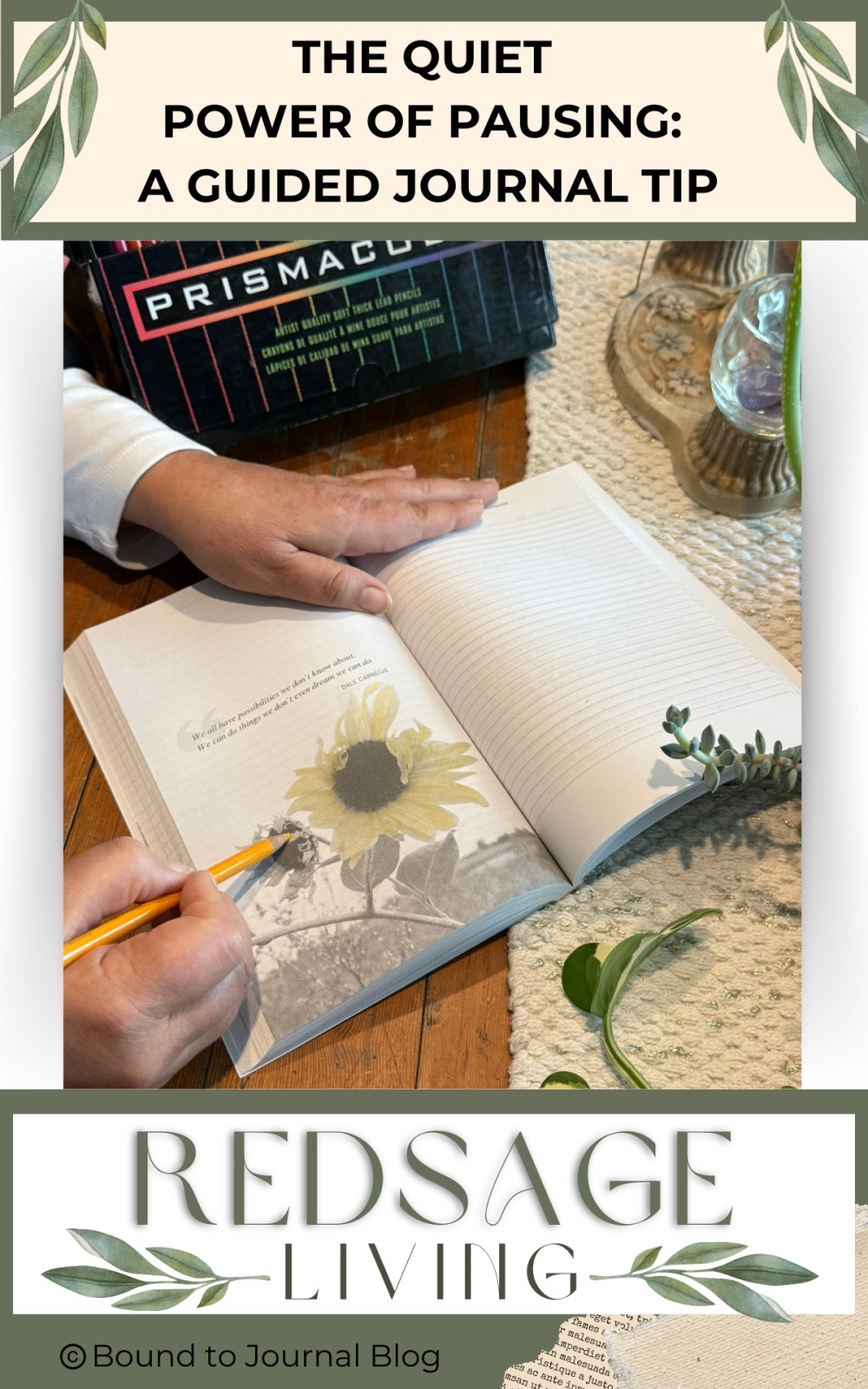

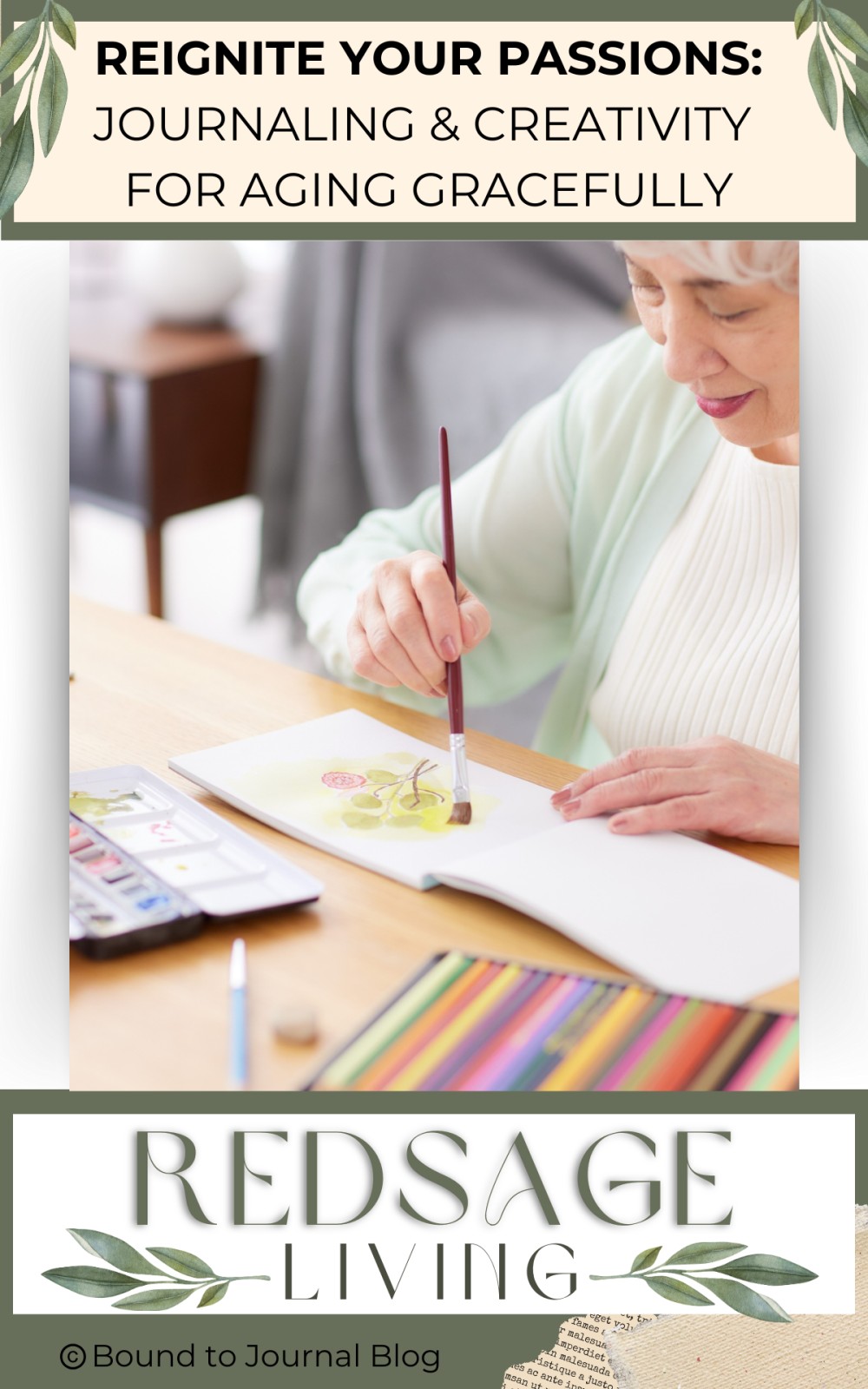
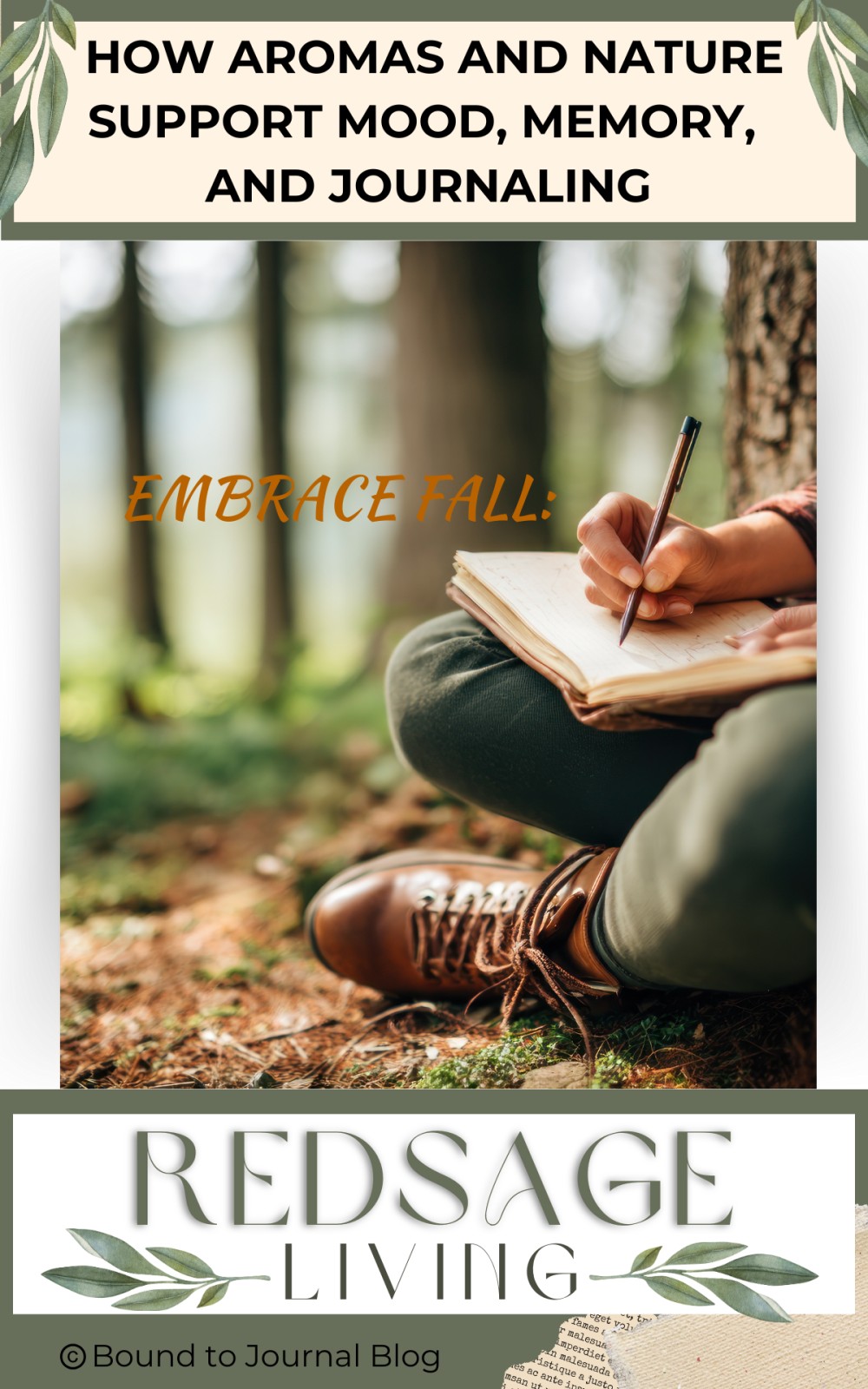

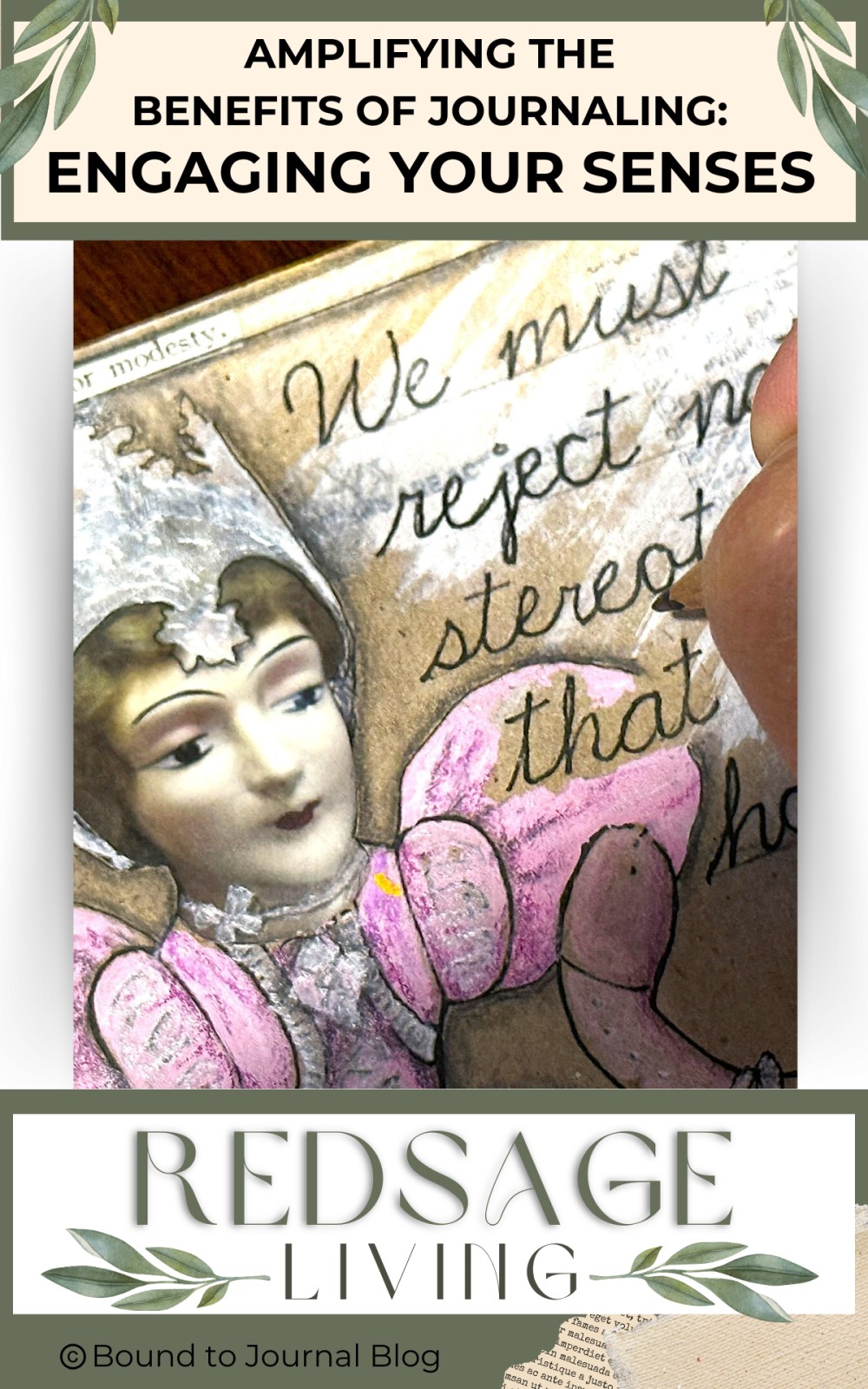

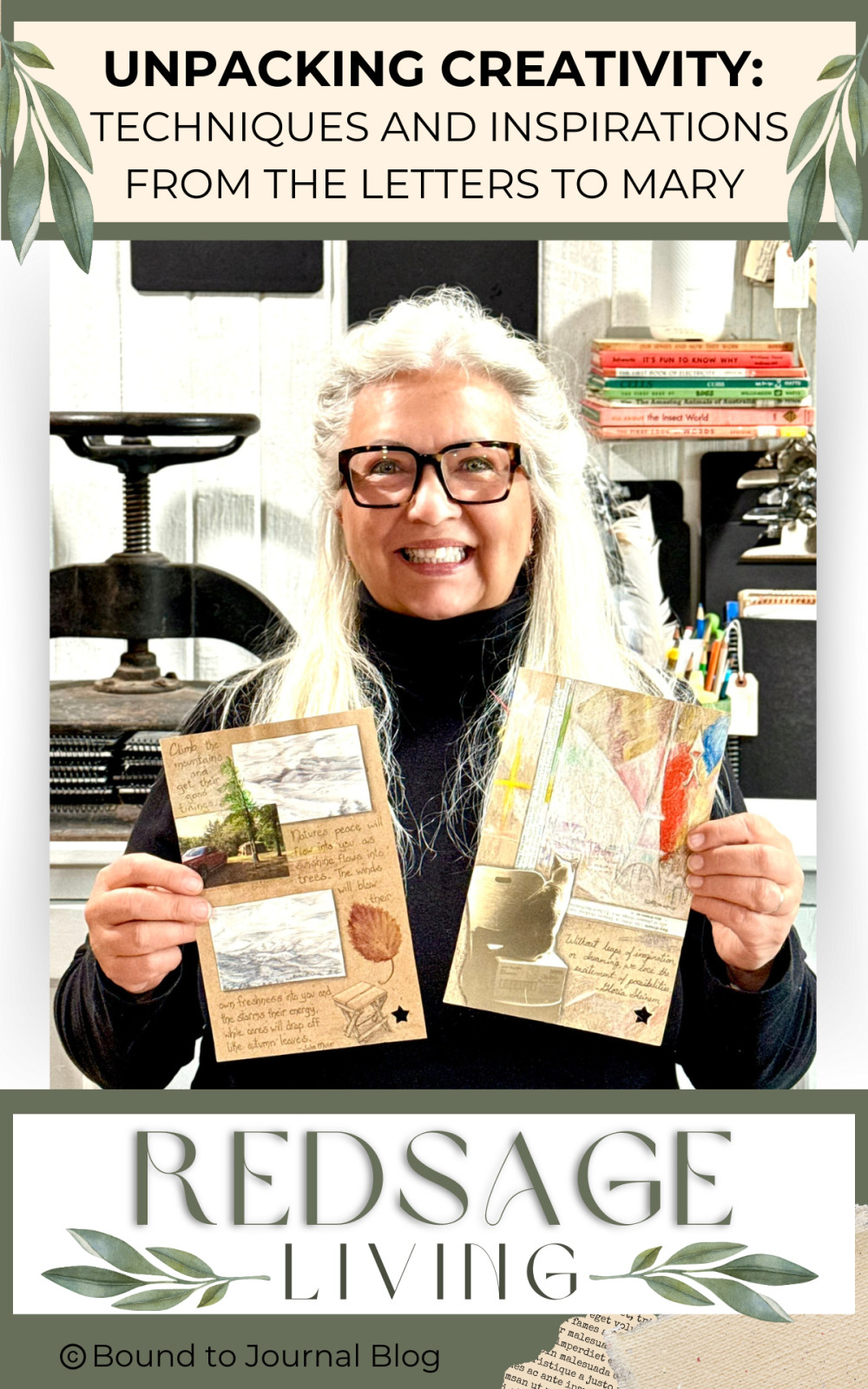
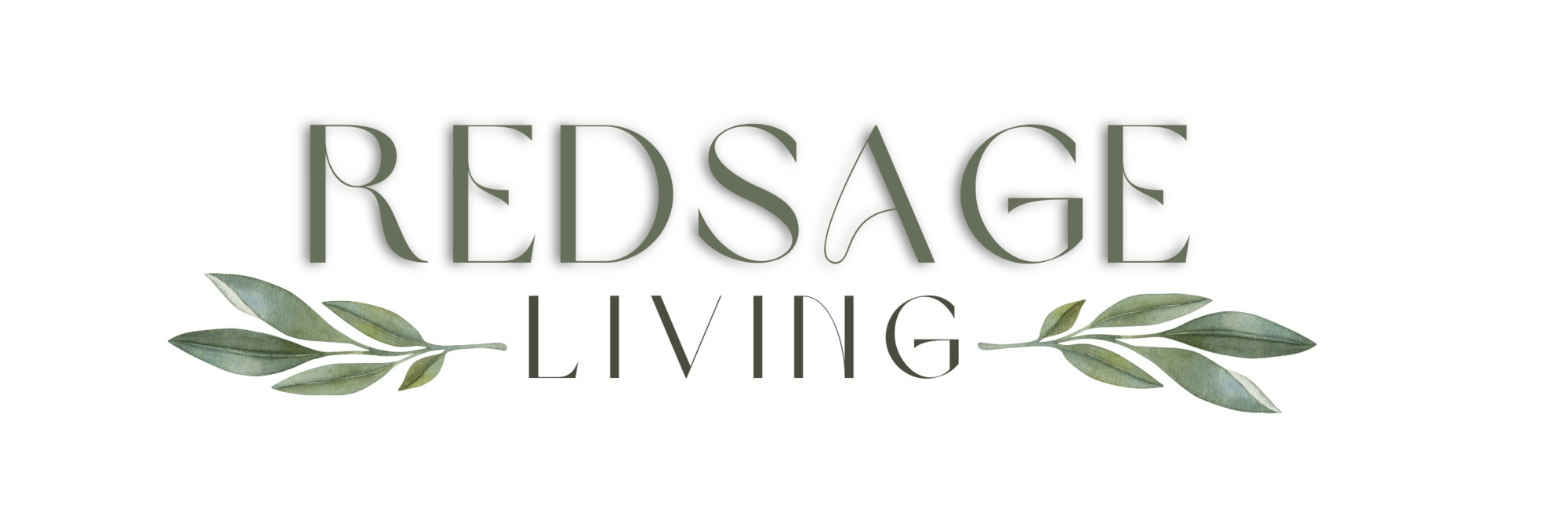

0 Comments